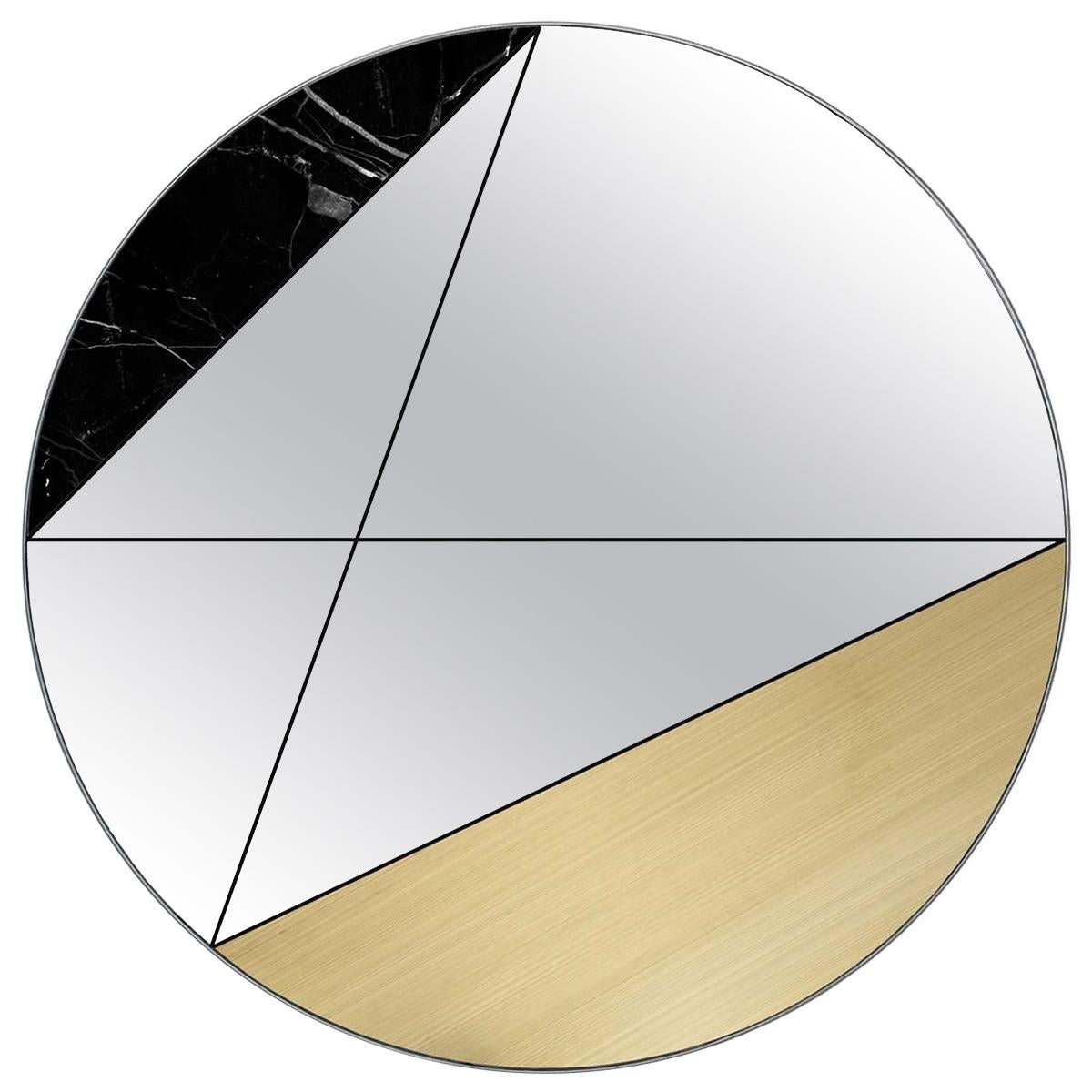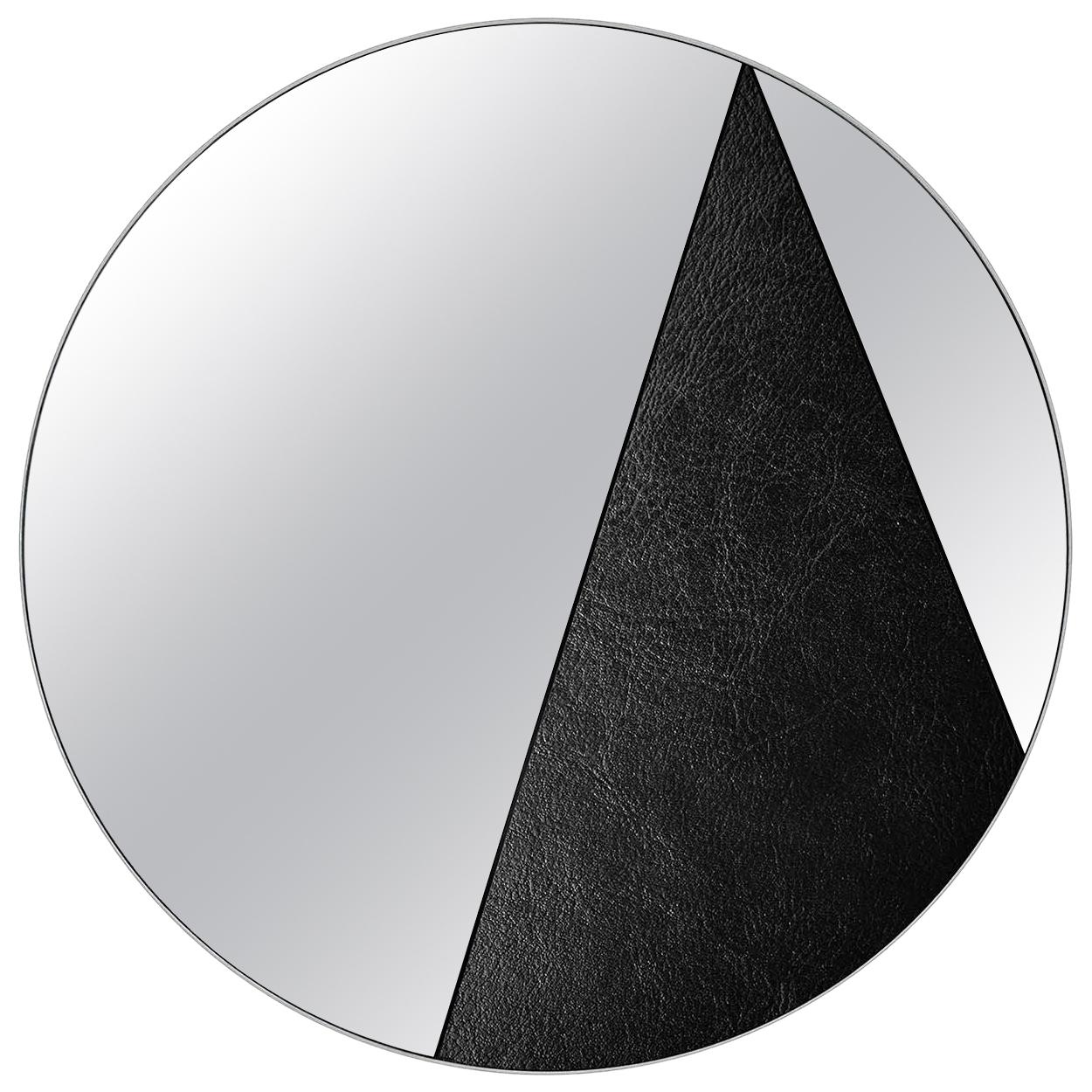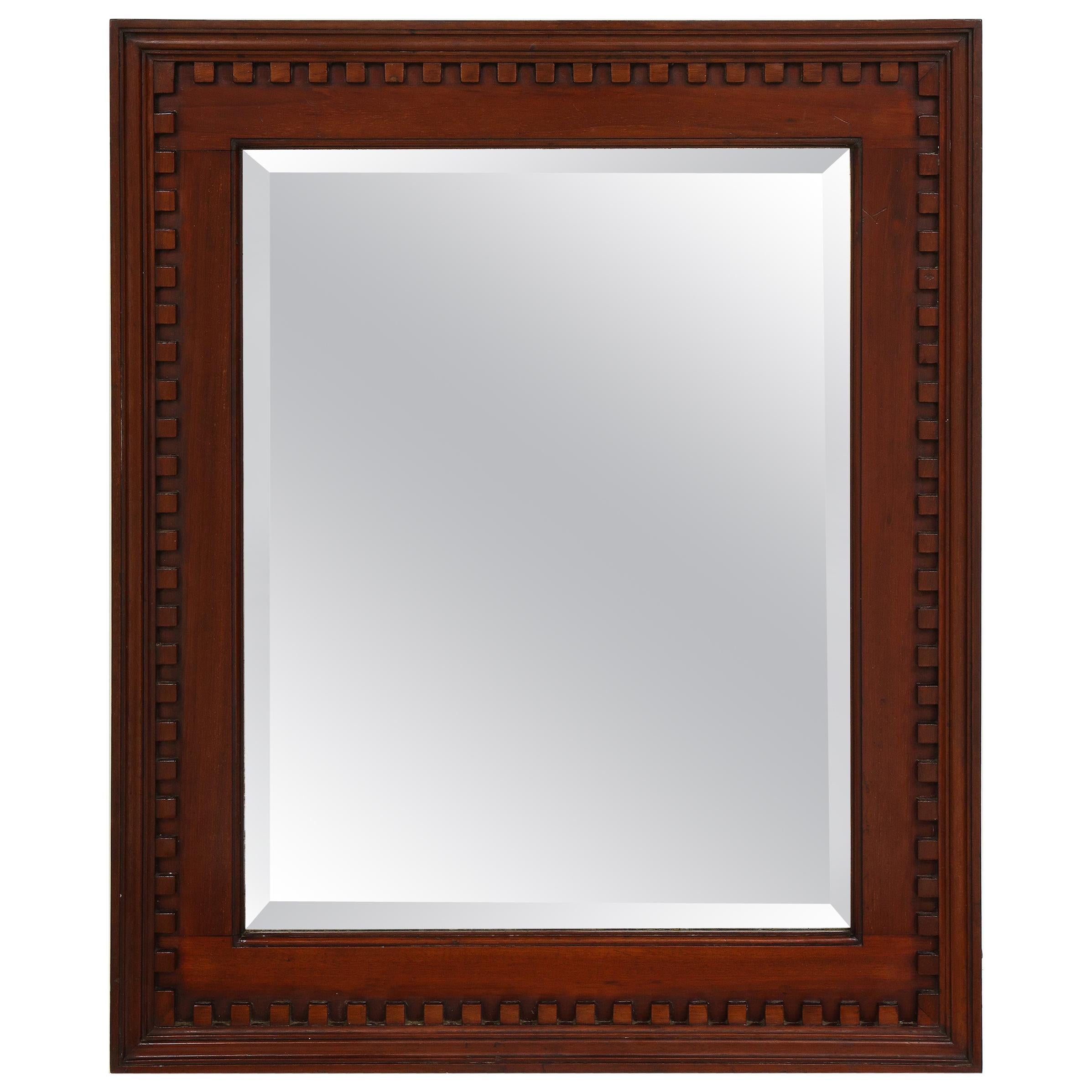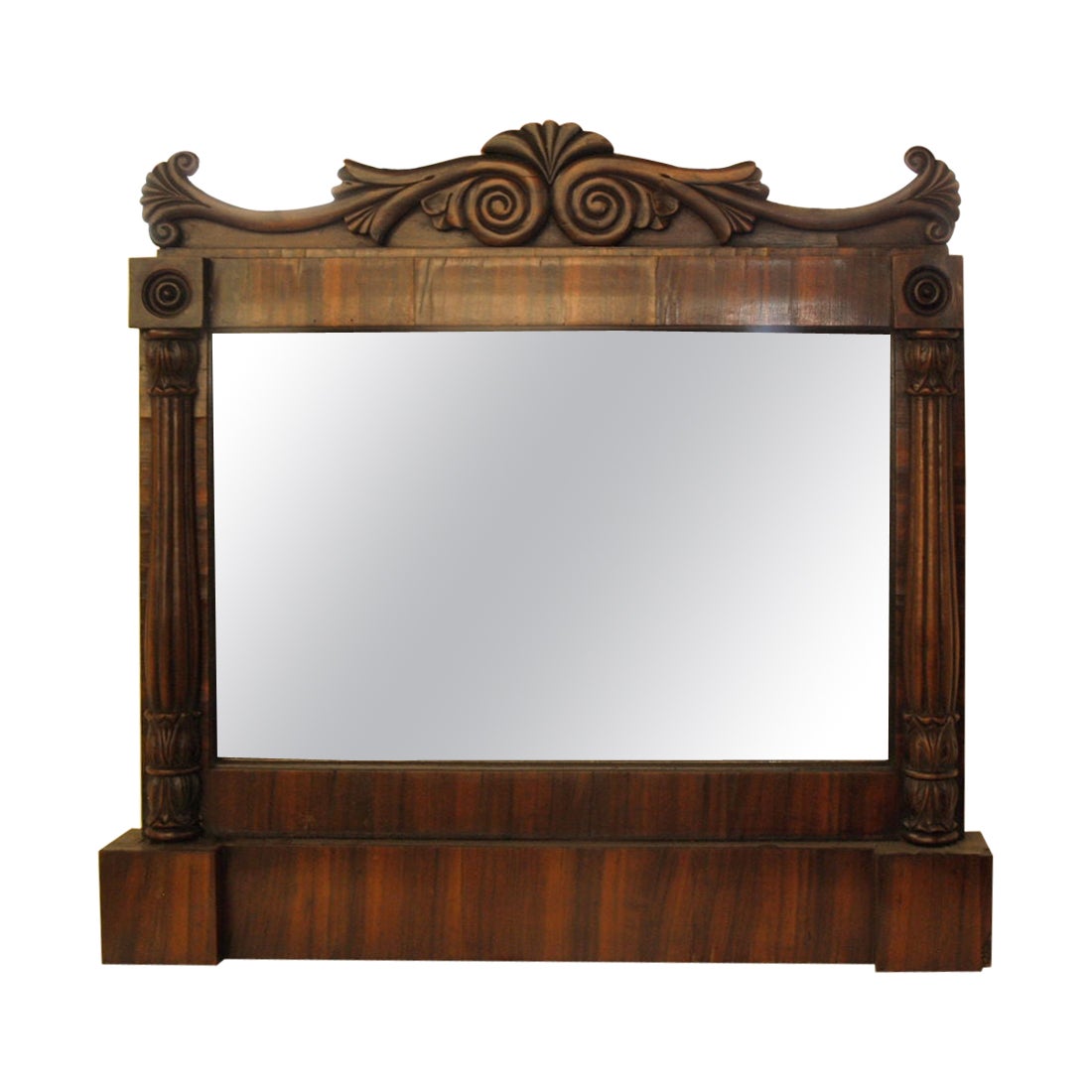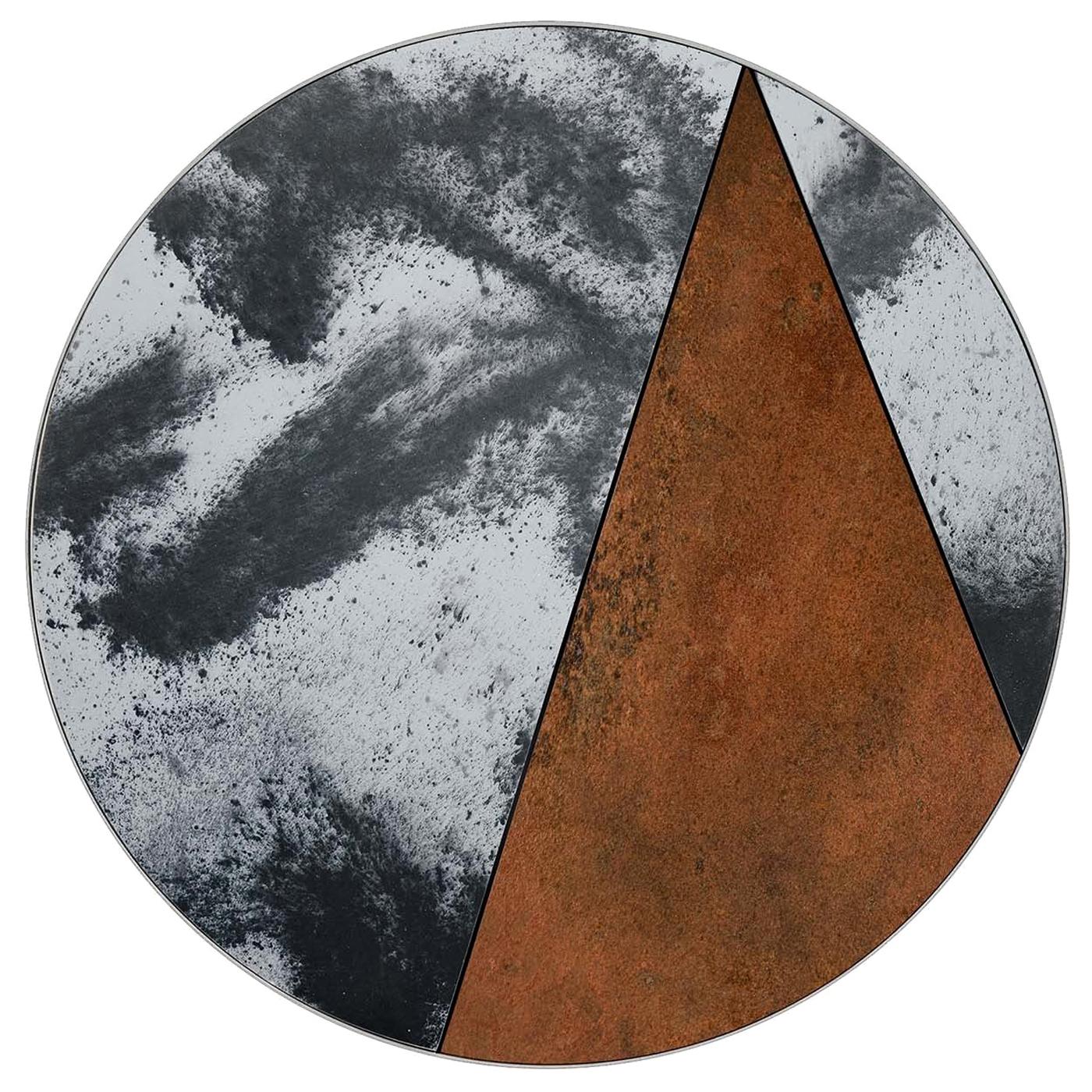Items Similar to A pair of Majorcan Carlos IV mirrors
Want more images or videos?
Request additional images or videos from the seller
1 of 5
A pair of Majorcan Carlos IV mirrors
About the Item
The rectangular mirrors are surmounted by and allegorical crest and hung with strings of graduated beads, painted in cream, blue and grey with gilding.
- Dimensions:Height: 103.5 in (262.89 cm)Width: 36.5 in (92.71 cm)Depth: 2 in (5.08 cm)
- Sold As:Set of 2
- Materials and Techniques:
- Place of Origin:
- Period:1790-1799
- Date of Manufacture:C.1790
- Condition:Wear consistent with age and use.
- Seller Location:Lymington, GB
- Reference Number:1stDibs: LU973035236342
About the Seller
5.0
Recognized Seller
These prestigious sellers are industry leaders and represent the highest echelon for item quality and design.
Established in 1982
1stDibs seller since 2013
108 sales on 1stDibs
Typical response time: 2 hours
Associations
LAPADA - The Association of Arts & Antiques Dealers
- ShippingRetrieving quote...Ships From: Lymington, United Kingdom
- Return PolicyA return for this item may be initiated within 14 days of delivery.
More From This SellerView All
- Pair of Exceptional Giltwood English Chinese Chippendale Period MirrorsLocated in Lymington, HampshireA pair of carved giltwood mirrors, each having connected cartouches, with framed of s-and c-scrolls, waves, and rocaille, surmounted by a carved and gilt phoenix, the top cartouche d...Category
Antique 1840s English Wall Mirrors
MaterialsGiltwood
- The Shaving Mirror of Purser WardlawLocated in Lymington, HampshireThis concave, circular shaving mirror is set in a moulded ebonized wood frame. The reverse has a printed trade label stating ‘J Abraham Optician & Mathematical Instrument Maker to hi...Category
Antique Early 1800s English Wall Mirrors
MaterialsEbony
- Pair of Double Plate Giltwood Pier GlassesLocated in Lymington, HampshireA pair of double plate giltwood pier glasses, one George 1 and the other made to match by George Paton carver and gilder to Queen Victoria, each with the original, probably Queen Anne, shaped and bevelled glasses, the upper plate arched and cut with a central Brunswick star above a border of scrolls along the lower edge, all within a gadrooned frame carved in high and shallow relief with pendant bellflowers and scrolling foliage issuing from flowerheads, the swan-neck pediment centred on a cartouche. One Georgian circa 1730 and the other circa 1840. The older one with a paper label stating ‘Hugh Paton, Printseller and Picture Frame Maker…Her Majesty’s carver and gilder’. English. Footnote: The George I mirror, made c.1730, is an intriguing design that is based on the popular tabernacle shape that was a favourite of the Palladian designers in England such as William Kent and John Vardy. However, the way the slip inside the mirror is shaped indicates the Queen Anne period. This could be particularly significant as both plates in this mirror are original and may well have been re-used Queen Anne period plates. It was very common in even the grandest of homes to update mirrors by changing the style of the frame to suit the latest fashion whilst retaining and re-using the valuable mirror glass itself. This seems all the more likely with the present mirror due to the wonderful engraved Brunswick star and other designs on the top plate-again this form of decoration tends to be associated with mirrors from the William and Mary and Queen Anne periods and is almost always a sign of the highest quality as well. Although it has not been possible to find any provenance for this particular pair of mirrors, we are able to make several educated guesses due to the label on the back of one of them. The label is that of Hugh Paton, a very important and well-known mid-19th century tradesman based in Edinburgh (see below for more details about his business). Paton advertised widely in the Scottish press and from 1842 onwards he began to use the phrase “Carver and gilder to the Queen”, later amended to “Carver and gilder to the Queen and HRH The Duchess of Kent”. Although the Paton business continued under the control of his son, Hugh Paton himself had died by 1867. Therefore, our mirrors must have passed through his hands before that point. It was common practice for restorers to add their label to the back of pieces that they had worked on in some way and it is highly likely that Paton was asked to re-gild the George I mirror and then make a copy to match at the same time. The quality of the copy is quite remarkable and it is virtually impossible to tell the pair apart when viewed on the wall. Given Paton’s reputation and the location of his business, it is likely that the George I mirror belonged to a Scottish family of some prominence who then sought out the very best local gilder to work on their piece and make them a copy. Hugh Paton and his Business Hugh Paton’s business is recorded from 1827-1867, becoming Hugh Paton and Sons after his death in 1868 and flourishing until c.1892. During that time the firm occupied many different premises in Edinburgh including in Princes Street and Adam Square. Unfortunately, the relevant part of the label on our mirrors is damaged so we cannot say with certainty where the firm was based at the time that the mirrors were handled but, as stated above, the presence of the royal crest proves that the date must have been post-1842 and pre-1867 when the name of the firm was changed. As such, the firm would have either been based in Adam Square or at 10 Princes Street. Although it was common for tradesmen and women of this period to have had multi-faceted businesses, Paton operated in a truly astonishing number of markets. A brief biography of the man is maintained on the Science Museum website as he won the contract in 1851 to print the timetables for all of the railway services leaving from Edinburgh and Glasgow. An advert in the Glasgow Sentinel on the 8th of March 1851 mentioned Paton opening new premises in Glasgow specifically to print these timetables and mention was made of the fact that he had received permission to run adverts in the timetable booklets. This is just one example of Paton’s enterprising nature. The same advert described his business as “Printer and publisher, picture frame-maker and print-publisher, carver and gilder to the Queen and her Royal Highness the Duchess of Kent”. Later in the same advert, Paton mentioned that he was taking orders for “window...Category
Antique 19th Century English Wall Mirrors
MaterialsGiltwood
- Attractive Late George I Giltwood MirrorLocated in Lymington, HampshireAn attractive late George I giltwood mirror, the rectangular frame enclosing a bevelled plate and surmounted by a broken S-scroll pediment, ce...Category
Antique 1720s English Wall Mirrors
MaterialsGiltwood
- Napoleon III French oval mirrorsLocated in Lymington, HampshireA large pair of handed Napoleon III French oval mirrors. The cresting carved in wood and representing the arts with sheet music and instruments.Category
Antique 1880s French Napoleon III Wall Mirrors
MaterialsWood
- A Georgian Chippendale period gilt-wood mirrorLocated in Lymington, HampshireA Georgian Chippendale period gilt-wood mirror, the original rectangular mirror plate with rounded corners within an openwork carved gilt-wood frame comprising rocailles, pendant flo...Category
Antique Late 18th Century English Chippendale Wall Mirrors
MaterialsGiltwood
You May Also Like
- Clepsydra IV MirrorBy Atlas ProjectLocated in Milan, ITFrom a unique collection of decorative mirrors made exclusively by hand, this version of the Clepsydra Mirror features an alluring juxtaposition of Marquinia marble and brushed brass...Category
2010s Italian Wall Mirrors
MaterialsMarble, Brass, Steel
- Res IV MirrorBy Atlas ProjectLocated in Milan, ITDistinctive for its rigorous yet dynamic design and unique use of materials, this mirror will make a statement in a contemporary, Minimalist decor. Its elegant allure comes from exqu...Category
2010s Italian Wall Mirrors
MaterialsBrass, Steel
- William IV Mahogany MirrorLocated in New York, NYThe beveled rectangular mirror plate within a conforming solid mahogany frame, boldly carved with dentil banding. Handsome piece.Category
Antique 1830s British William IV Wall Mirrors
MaterialsMirror, Mahogany
- William IV Overmantel MirrorLocated in Greenwich, CTFine William IV rose and giltwood overmantel mirror of severe architectural form, the arched frame of nicely figured timber and having an ogee molded liner with original water gildin...Category
Antique 1830s English William IV Mantel Mirrors and Fireplace Mirrors
MaterialsRosewood
- William IV Rosewood MirrorLocated in Wilson, NCWilliam IV rosewood mirror, with nicely carved and shaped cornice, the original mirror glass surrounded by rosewood veneer, the sides with fluted p...Category
Antique 1830s English William IV Wall Mirrors
MaterialsRosewood, Pine, Mirror
- Res Lunare IV MirrorBy Atlas ProjectLocated in Milan, ITAn unusual juxtaposition of materials ensures the Itinera Res Lunare IV mirror stands out in any space. Perfect over a cabinet, sideboard or console table, ...Category
2010s Italian Wall Mirrors
MaterialsMarble, Steel
Recently Viewed
View AllMore Ways To Browse
Carlo Erba Mirror
Geoffrey Bean
Grain De Cafe Cartier
Gronda Wall Bracket
Italian Vintage Frameless Double Beveled Multi Angled Mirror
Lavender Glass Jewel Mirror
Luciano Bertoncini Gronda Wall Bracket
Marchesa Mirror
Showroom 2220
Wood Frame Carved Italian Mirrors 1920s Are Older
Vintage Roccoco Mirror
Mid Century Modern Rattan Mirror
Zieta Tafla Stainless Steel
Swedish Mirror Wall
Mirror In Rattan
French Louis Xv Antique Mirror
Vintage Oak Mirror Mirrors
Italian Mid Century Mirror Rattan
